Key Takeaways
- Turbo Granny in DANDADAN serves as a mascot character, providing comedic relief and exposition in the series.
- The Maneki Neko, or beckoning cat, symbolizes luck and is an apt “prison” for Turbo Granny in the series.
- Turbo Granny’s connection to the Maneki Neko reflects themes of protection, wisdom, and positive transformation in the story.
One thing that shōnen often does is have some kind of animal sidekick or mascot character that is somewhat of a poster child for the series in some way. For DANDADAN, Turbo Granny’s less imposing form after being trapped in a cat statue serves as this mascot character, and her personality is a major compliment to the series, as she acts as comedic relief but also provides much-needed exposition during encounters with other supernatural entities.
The “cat statue” is a symbol that has existed for a few centuries, and it is called the “maneki neko“, or “beckoning cat”. What does the beckoning cat symbolize, and why is it such an apt “prison” for Turbo Granny?
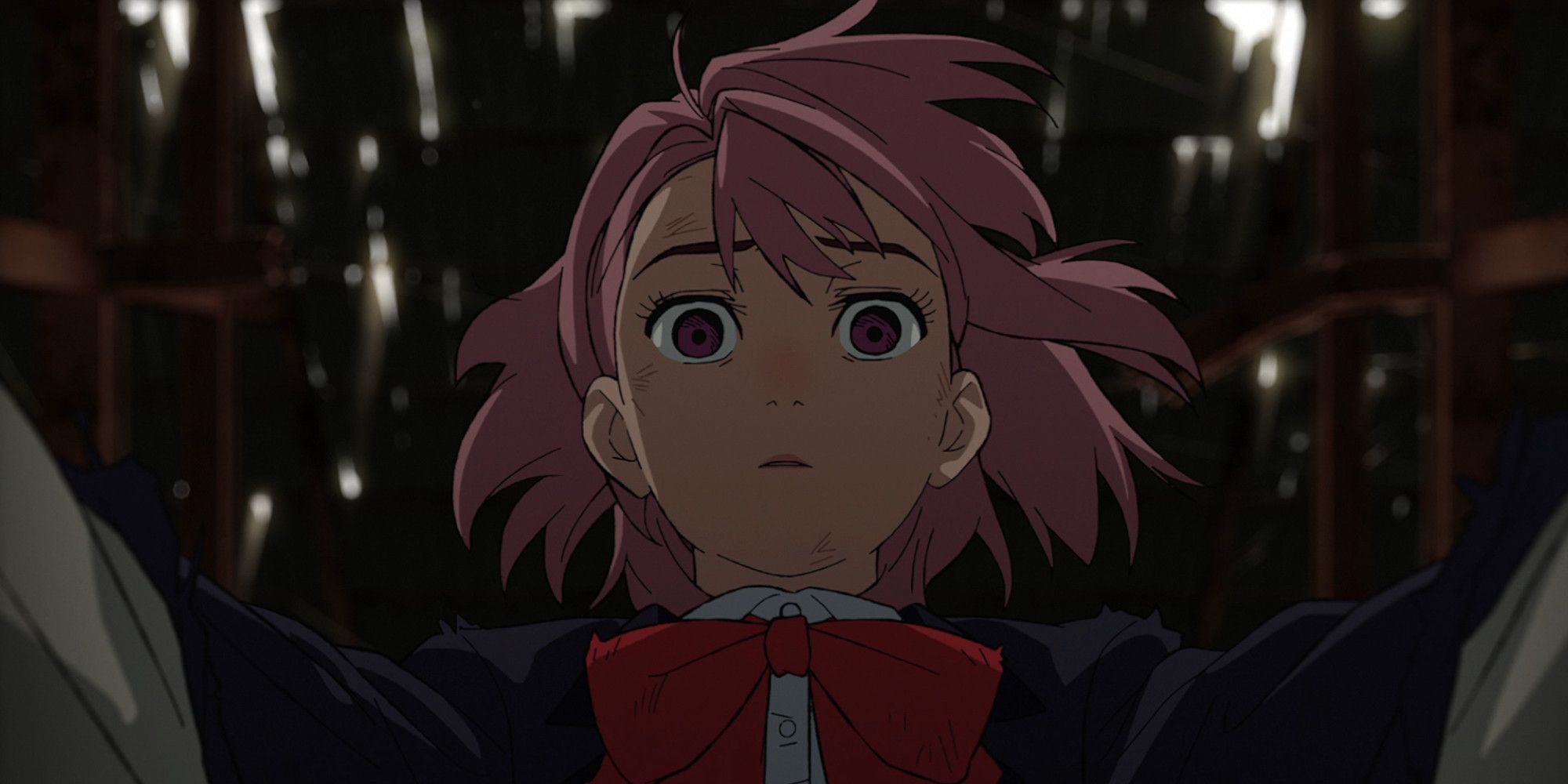
RELATED
Dandadan’s New Episode Is a Masterpiece
Okarun and Ayase’s fight against Acrobatic Silky reaches a climax, but the end of the fight is only the beginning of the pain.
What is a Maneki Neko?
A Figurine From Edo Japan
The maneki neko (written 招き猫), known in English as the “beckoning cat” or “lucky cat” is a figurine believed to bring good luck to its owner. It is traditionally a figurine that depicts a calico Japanese bobtail cat with its paw raised in a beckoning gesture. It has its origins in Tokyo during the Edo period (1603–1868) after the discovery. In the West, beckoning gestures involving repeatedly curling one’s index finger towards oneself with the palm raised, or curling all the fingers towards one’s self with the palm raised.
In Japan; however, a beckoning gesture involves repeated downward curls of the wrist with fingers slightly tucked close to the palm, then moving the hand back and forth. This cultural difference is the reason why many Westerners think the cat is waving rather than beckoning. The figurines are ubiquitous in modern times, appearing near the entrance to various businesses, establishments and homes. They can come in various colors and be made of ceramic or plastic, but usually they’ll be white with red, yellow and black accents, with the white being associated with general good luck, the red with good health, yellow or gold with wealth and black for warding off evil.
Traditionally, the cat is depicted seated with a large gold coin or “koban” (an oval-shaped Japanese coin minted in the early 1600s; gold-foil cardboard duplicates are now sold as lucky charms) with its other paw. There is significance in which paw is raised, with a raised left paw relating to success in business, while a raised right paw is for more money, and thus related to the home. The design of the beckoning cat has changed significantly from more realistic depictions to the somewhat cartoonified cats we see today. Speaking of which, Meowth (“Nyaasu”https://gamerant.com/”Nyarth”) from the Pokémon franchise is modeled on the beckoning cat, which may explain the koban on its forehead. The association of cats with coins stems from the practice of putting coins on the collars of cats rather than bells.
Why Is It Associated With Luck?
There Are Two Famous Origin Stories
The origin of the association of the beckoning cat with good fortune has two myths behind it, the first of which features a destitute widow who could no longer afford to feed her beloved pet cat and thus had to abandon it. The cat visited her in a dream, forgave her and encouraged her to make a cat figurine in memory of her pet. She managed to put together some money to buy enough clay to make a small figurine which she put on display in her window. Soon enough, her luck began to change, with her community coming together to pull her out of poverty. People borrowed her lucky cat and saw their fortune improve, with word spreading of the lady’s lucky clay cats and countless people wanting to buy them from her, allowing her to maintain her newfound comfort.
The second origin story involves a 17th century monk who had a white cat he took care of even as the Gōtoku-ji Buddhist temple he lived in was falling apart. When he told his pet cat that he’d need to find a new place to live, the cat chose to stay near its owner, sitting at the temple’s torii. One day, a wealthy lord named Ii Naotaka was passing by the temple when he was caught up in a huge thunderstorm, taking up shelter under a nearby tree. While under the tree, he noticed a white cat beckoning over to the temple gates, so he walked over out of curiosity, literally a fraction of a moment before lightning struck, causing the tree he’d used for shelter to fall right where he’d been standing. Naotaka saved the temple from ruin. Gōtoku-ji Temple, located in Setagaya-ku, Tokyo, still stands to this day, decorated with countless white cats in honour of the lucky cat that saved Naotaka’s life. It is now also known as “The Cat Temple”.
Catalyst of Changing Fortune
How Turbo Granny’s Beckoning Cat Form is Thematically Significant
The reason why the beckoning cat is an excellent vessel for Turbo Granny is somewhat connected to the widow origin story of the figurine. It is established after Okarun and Momo defeat Turbo Granny that the yōkai had been bound to the tunnel because it was the site of several assaults and murders of women who had been lured there by men they trusted. After cursing Okarun, it was Turbo Granny that tried to intervene during that hard-to-watch scene with the Serpo aliens prior to Momo’s psychic awakening, and it is possible that Turbo Granny’s “banana” gobbling is her way of castrating men who come to the tunnel with a woman in an attempt to protect them, but also to comfort the souls of the young girls who suffered a horrific end. According to Seiko, spirit mediums have always hunted Turbo Granny, a yōkai who would always show up in places where girls met irrational deaths, consoling the spirits of the girls as they were not able to rest in peace.
Turbo Granny’s aged appearance can also be connected to a kind of maternal characterization in her desire to protect women and girls, as grandmothers are generally associated with wisdom and more experience of a feminine existence, and also likely has some kind of horrible experiences as a human before becoming a yōkai. Understanding this about Turbo Granny makes you realize that calling her an “evil” spirit is far from the truth about her, and because she cared enough to stay with the girls, who had become the Earthbound Spirit Crab, eventually becoming part of the reason they were able to find peace through the efforts of Momo and the others. For Momo and Okarun, Turbo Granny became the catalyst of their friendship beyond their initial connection, which, for Okarun, is a dream come true. These developments reflect the maneki neko myths in which a cat was either a harbinger of improving fortune, or a protector.

Based on Yukinobu Tatsu’s popular manga that debuted in 2021 on Shonen Jump+, Dandadan blends action, comedy, romance, and supernatural thrills to create a unique and satisfying adventure. Momo Ayase and Ken Takakura believe in the extraordinary, although the former believes in ghosts and the latter believes in aliens. Determined to confirm their side’s existence, they set out to find their proof.
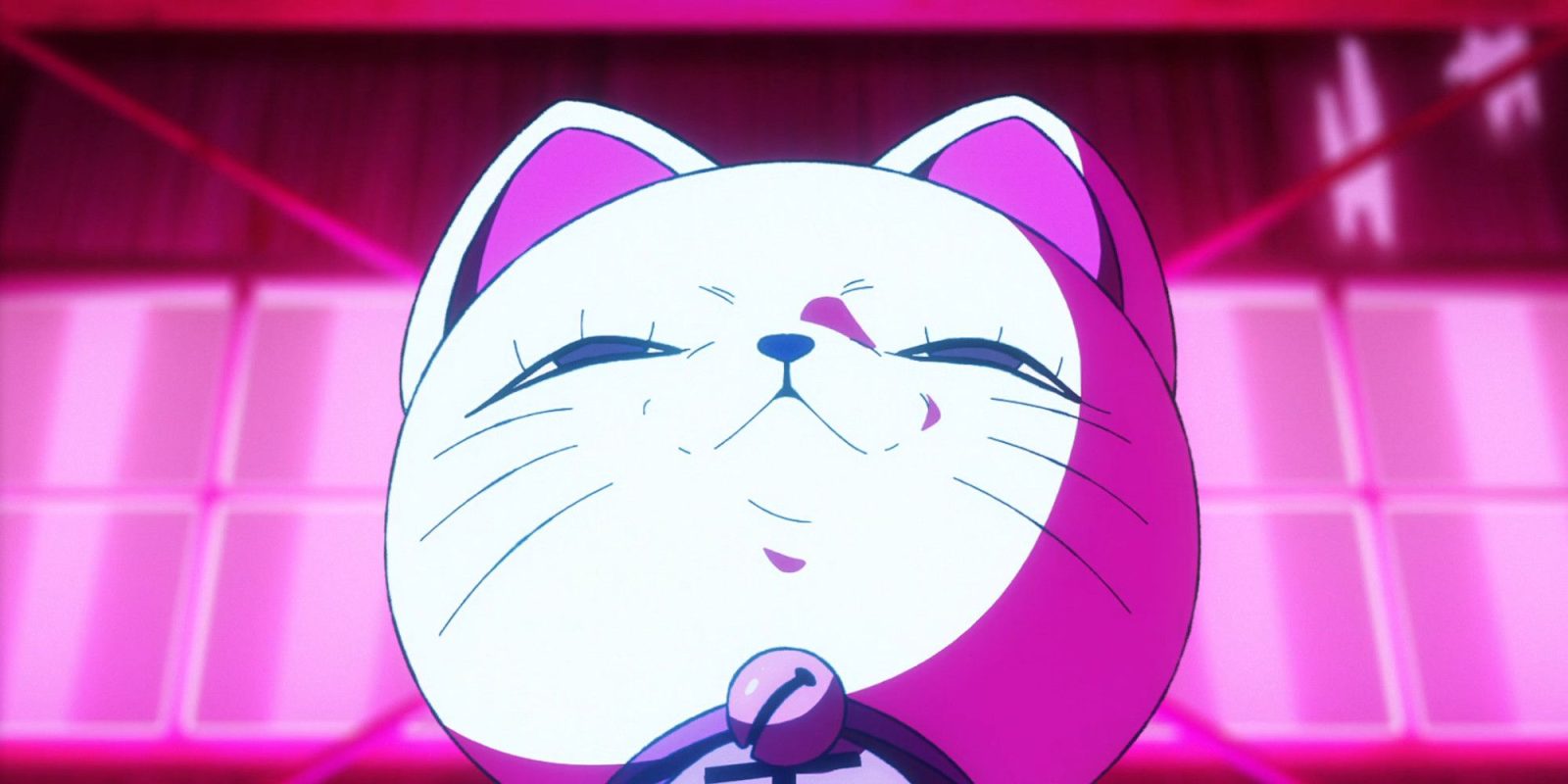
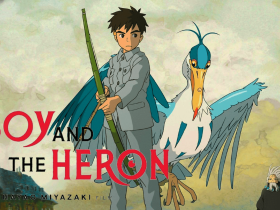

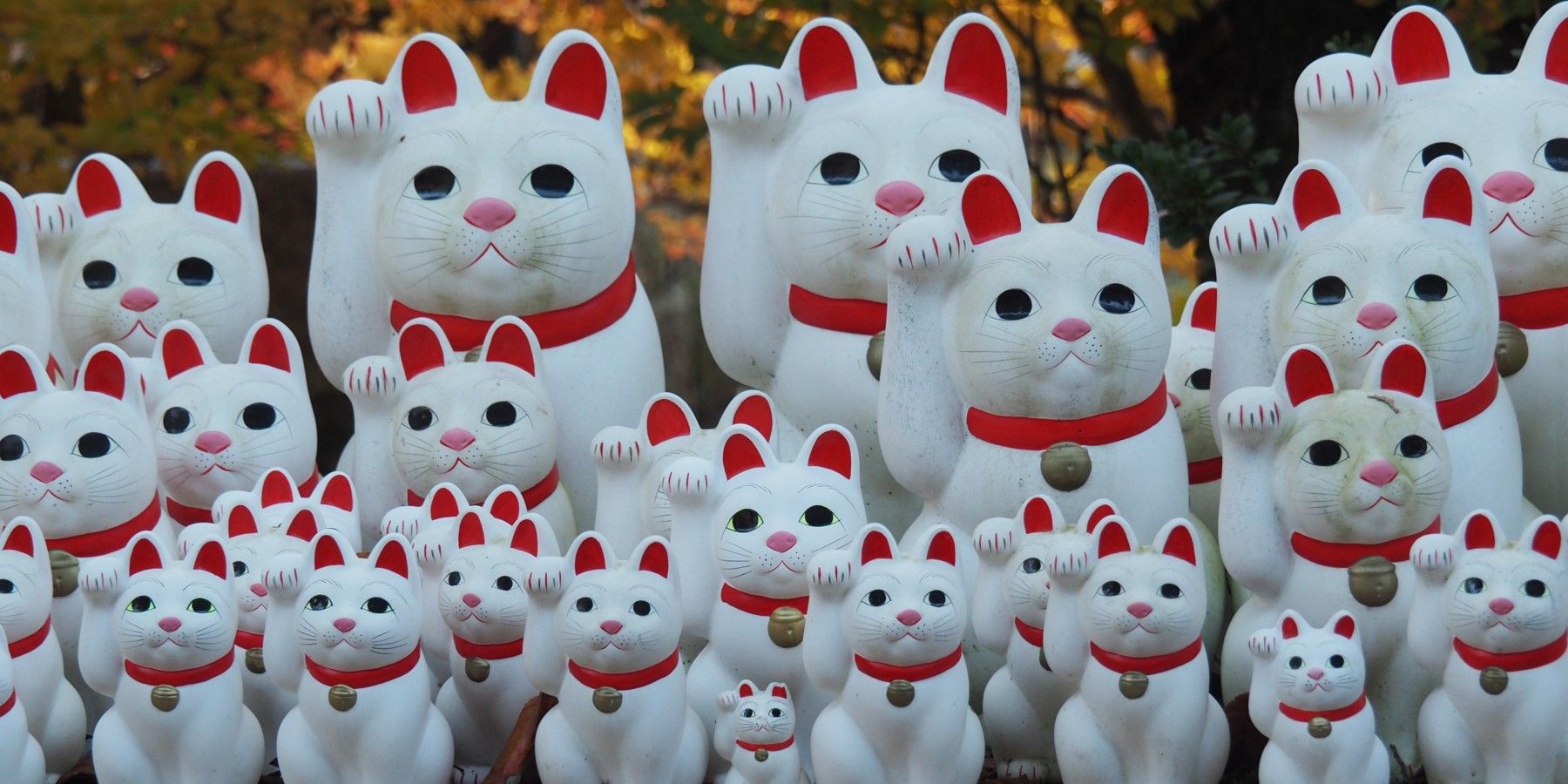

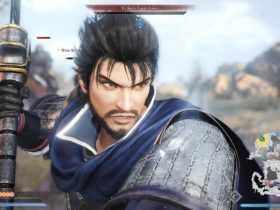


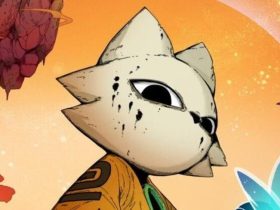
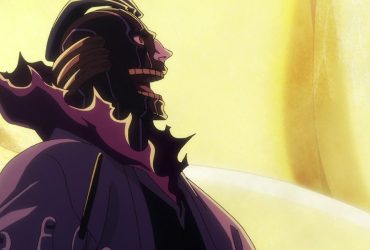

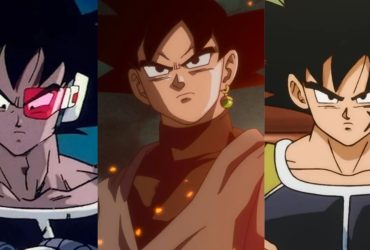

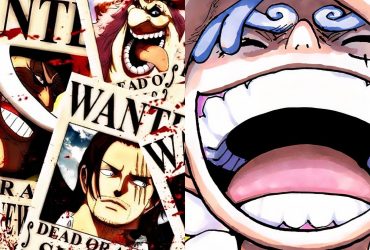
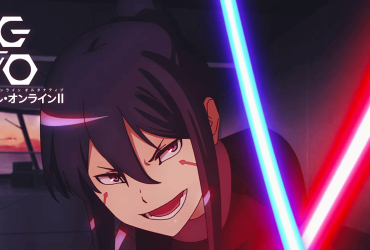
Leave a Reply